"Prevention is always better than cure!"
With this principle in mind and taking into consideration that premises whilst under construction and under renovation are at a highly vulnerable state, the company’s scientists identify the "weak points".
At this stage, the need to protect the premises is of paramount importance and highlights the requirement to implement an IPM system. This will set standards and procedures that will extend beyond the construction work, into and through the operation of the usual scope of the business, providing the business is still functioning. Thus, Defon will train and audit staff across the whole work spectrum.
Consultation regarding new facilities is advised to start as early as at the drawing board stage of development. For example, to better avoid termite infestations, it is appropriate that treatments are applied prior to the construction of the concrete base.
Examples of potential pest hazards
-
Infestations initiating whilst work-in-progress
Premises under construction or under renovation are exposed. Pests can enter through openings (doors, windows, etc.), exposed insulation between walls, open ventilation voids, gaps around pipes, etc.
Under these circumstances, many pests can be of concern. Amongst them, rodents are of a particular concern. Construction activity can disturb those who live in the surrounding area, causing them to seek harbourage within the premises and gnaw pipes or even wires, which amongst others, can create a fire hazard.
Rodents may also get trapped and sealed inside voids and cavities (e.g. in false ceilings, between panels, under floors, etc.) where they will die and decompose, giving rise to bad odours and health hazards. Removing the carcasses, can be a very or extremely difficult and costly procedure.
-
Infestation as a result of the general untidiness whilst work-in-progress
Disorderly stacked objects and tools, can often provide harborage to pests. In addition, waste (eg bags of cement, rubble etc.) can be utilised as a habitat.


